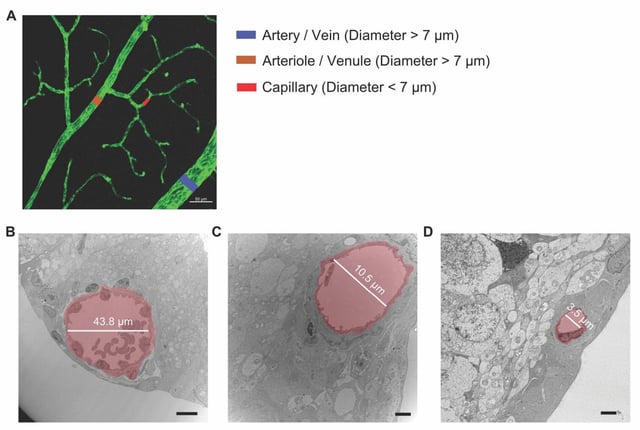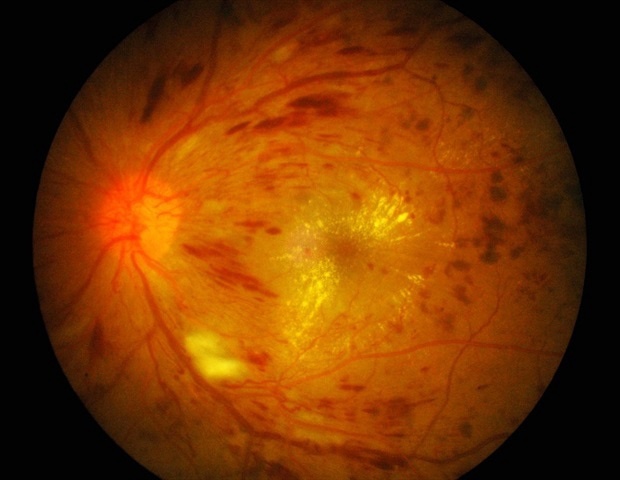Overview
- A Johns Hopkins study reveals that hypoglycemia triggers hypoxia-inducible factor (HIF) accumulation in diabetic mouse retinas, leading to blood-retinal barrier breakdown and vascular leakage.
- The experimental drug 32-134D successfully inhibited HIF activity in diabetic mice, preventing barrier breakdown and retinal vessel leakage during induced low blood sugar episodes.
- These findings explain why tight glucose control and glycemic variability can exacerbate diabetic retinopathy, a leading cause of vision loss in diabetes patients.
- Researchers are preparing to transition from preclinical success in mouse models to clinical trials of 32-134D for patients with diabetic retinopathy.
- The study, funded by the NIH and published in *Science Translational Medicine* on April 30, 2025, highlights the translational potential of targeting HIF in managing diabetic eye disease.


